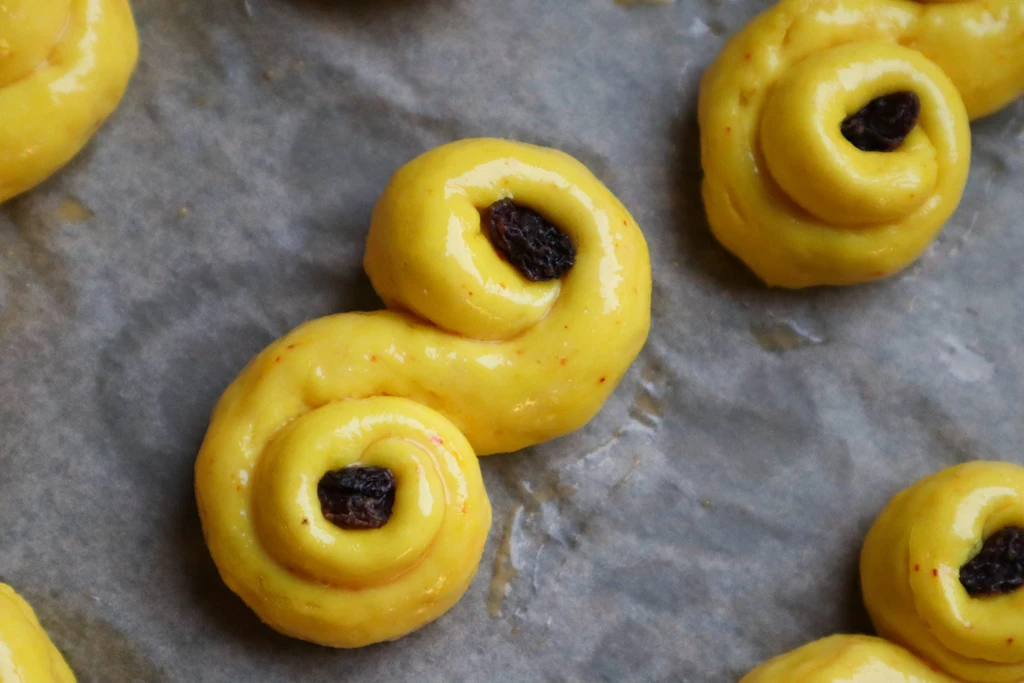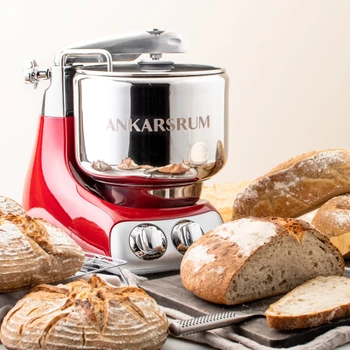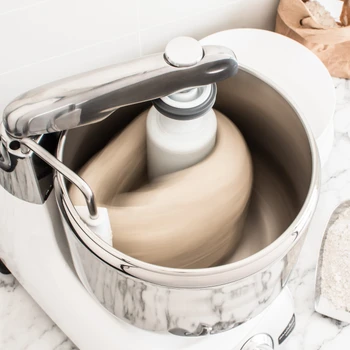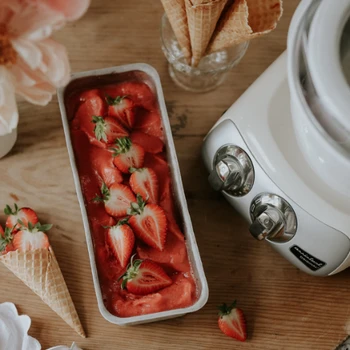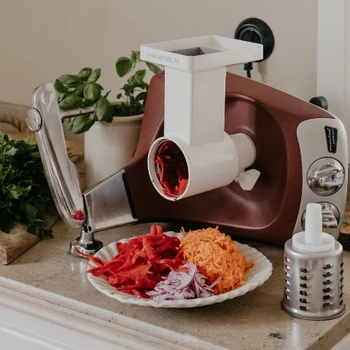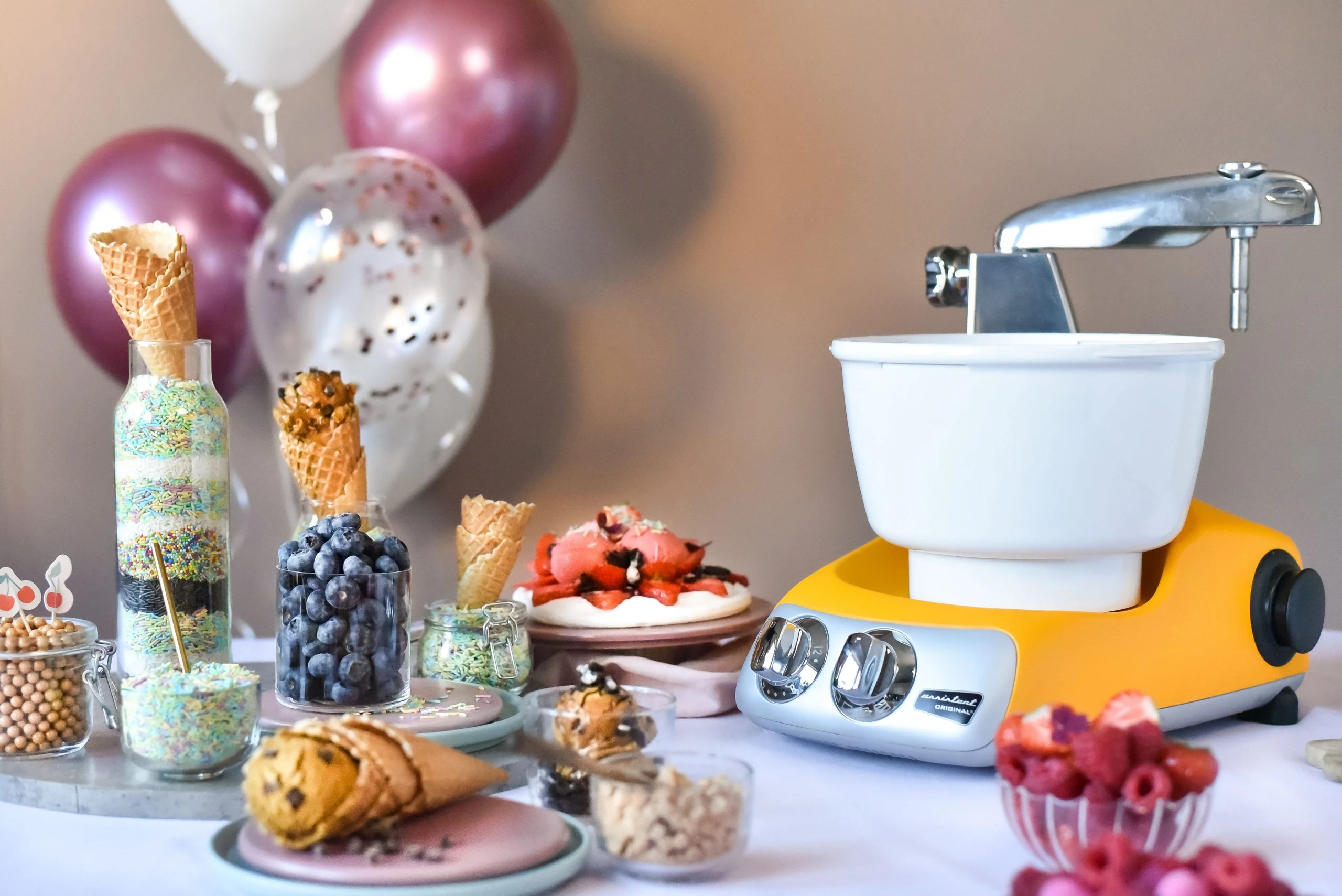Saffron buns are a part of Christmas and are a must for many when it comes to holiday baking. If you don’t tolerate gluten; it may feel challenging to bake airy and fluffy gluten-free saffron buns.
Gluten-free baking isn’t more difficult than regular baking. It just requires different techniques and knowledge.
Gluten-free flour mixes
There are several different brands of gluten-free flour mixes on the market today. Choice of brand and variety can depend on whether you can tolerate milk or not. Since all varieties have different ingredients, the end result of the pastry or bread can also be different depending on the flour mix. In some cases, you need to use a little more flour mix and sometimes less is needed.
Sticky dough
It is important to remember that when baking gluten-free, the dough is generally much stickier than regular wheat dough, both during preparation and before baking. The dough needs to be moist for the buns to be soft once baked, so don´t put too much flour mix in the dough even if it feels tempting, it can result in dry buns.
Fermentation
Gluten-free doughs are easier to work with if you shape the buns directly and then let them ferment in the final shape instead of leaving the dough to ferment in the bowl and then shaping them into buns. A dough that rises once in the bowl often becomes stickier when shaping and needs to be handled more carefully so as not to lose airiness.
Cover the baking trays with the buns with plastic wrap instead of a towel to keep the moisture in the buns. If a towel is used, a dry film can easily form on the buns. It is especially important to keep the moisture in the buns when you let them rise for a long time.
Kneading
A gluten-free dough does not need to be kneaded because it lacks gluten. A wheat dough is kneaded to develop gluten strands in the dough, which then gives an airy bread texture. When it comes to gluten-free dough, you instead need to work a lot of air into the dough during preparation, and the dough roller and knife are best suited for that.
Syrup
Brushing the buns with sugar syrup immediately after baking means that the moisture remains in the buns, and they stay soft and moist longer. This part can be excluded if you want.
Storage
The best way to always have fresh gluten-free bread at home is to store it in the freezer. Freeze the buns as soon as they have cooled. Thaw at room temperature or in the microwave.

Gluten-free saffron buns with cold dough liquid
Gluten-free saffron dough:
50 g fresh yeast
500ml milk
100g sugar
1 g saffron
2 tbsp psyllium husk powder
a pinch of salt
1 egg
150g butter, room temperature
925g gluten-free flour mix
Decoration:
1 egg, beaten
raisins
Syrup:
100ml water
100g sugar
Follow these steps:
Assemble the Assistent with the dough roller and dough knife.
Crumble the yeast into the bowl and add the cold milk. Stir so that the yeast dissolves completely. Add psyllium husk powder, mix, and let rest for 5 minutes.
Add sugar, saffron, salt and eggs. Work together on low speed and slowly add the flour mix. Add the soft butter. Turn the speed up and let the machine run for 5-10 minutes.
Take the dough out and shape saffron buns into desired size. Put the buns on baking trays and cover with plastic wrap. Let the buns rise for 2 hours.
Combine the sugar and water in a small saucepan. Cook over medium-low heat until sugar is dissolved. Set aside until ready to use.
Set the oven to 225 °C/435 °F.
Brush the buns with beaten egg and decorate with raisins.
Bake the buns in the middle of the oven for about 6-8 minutes. They should just change color a bit.
Brush immediately with sugar syrup and transfer to a wire rack to cool.
